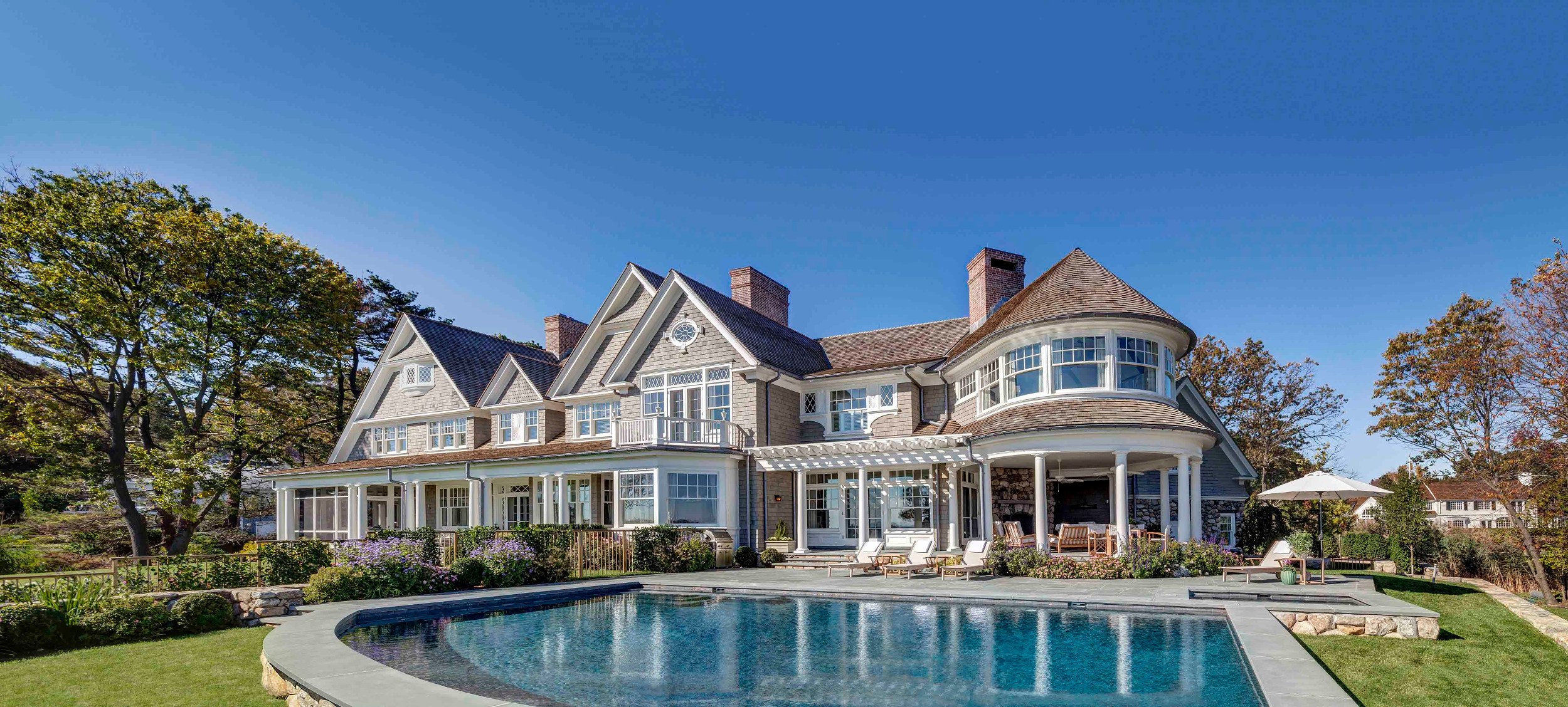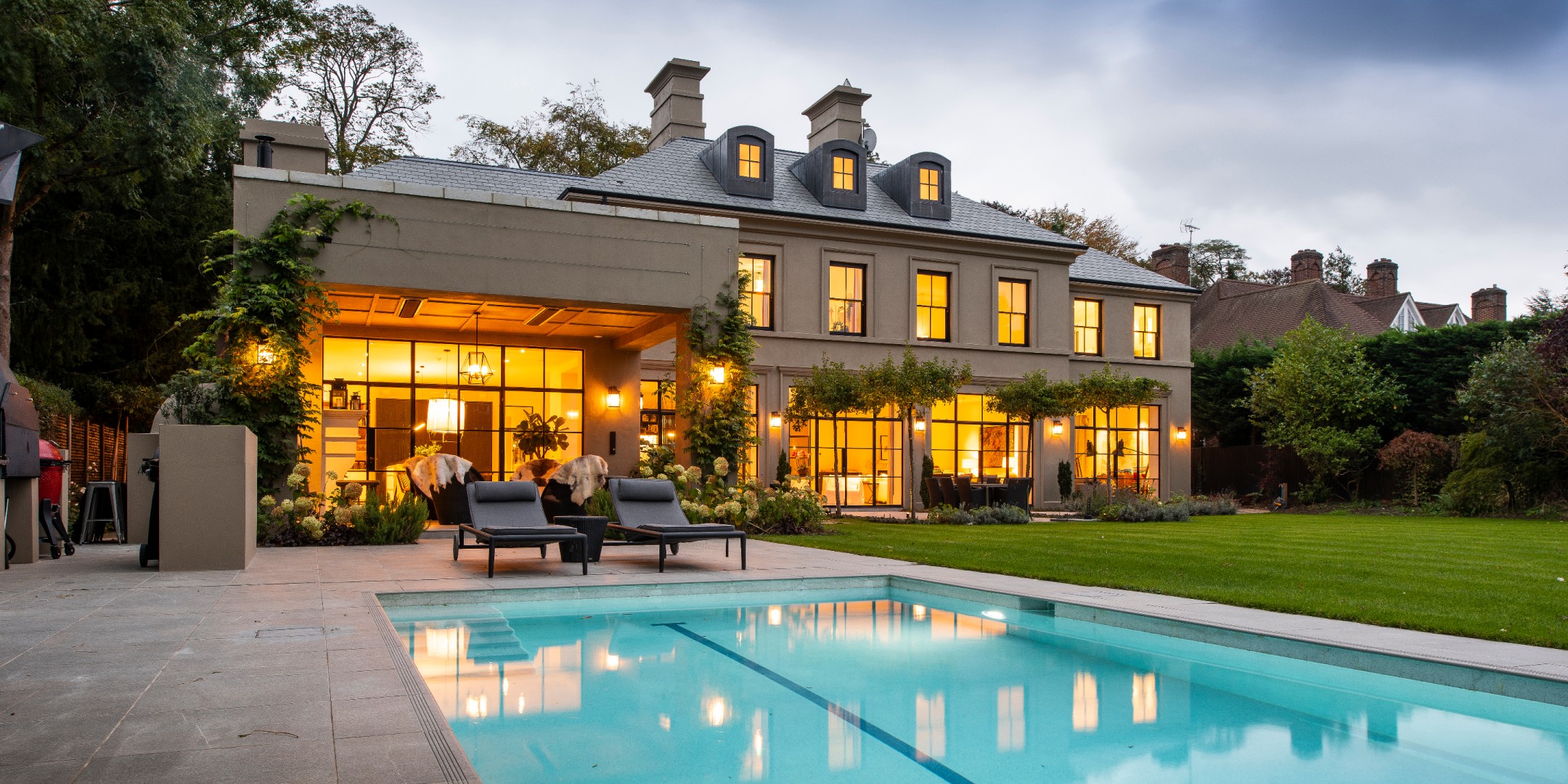Top Trends in Residential Design You Ought To Know Regarding
As residential design proceeds to progress, numerous engaging fads are shaping the way we create and occupy our living areas. Secret advancements such as sustainable building methods, the combination of wise home innovation, and the surge of modular homes emphasize a substantial shift in the direction of both performance and environmental obligation.
Lasting Building Practices
A raising variety of household projects are embracing lasting structure practices, driven by an expanding recognition of environmental effect and power efficiency. This shift is identified by the assimilation of green materials, energy-efficient layouts, and cutting-edge construction approaches. Contractors and home owners are increasingly prioritizing the usage of renewable energies, such as bamboo and recycled metals, which not only lower the carbon impact however likewise boost the durability and visual appeal of residential or commercial properties.
Including energy-efficient systems is another vital facet of lasting structure - residential house architect. Functions such as high-performance insulation, energy-efficient windows, and solar panels are becoming standard in brand-new domestic styles. These aspects not only add to lower energy usage however also offer substantial long-term cost savings for property owners
Additionally, the layout of lasting homes often emphasizes natural light and air flow, reducing the dependence on synthetic lighting and environment control systems. Landscaping methods, such as xeriscaping, more promote sustainability by decreasing water usage.
As the need for lasting living services remains to rise, the household style sector is poised to introduce and adjust, making certain that future homes are not just ecologically liable but practical and also comfy for their owners. - residential house architect
Smart Home Modern Technology
Smart home innovation is reinventing the means house owners interact with their home, boosting ease, power, and safety and security administration. This ingenious technique integrates different devices and systems, permitting users to regulate their homes remotely or with automated procedures. Central to this pattern is the usage of wise tools such as thermostats, lights, safety and security cams, and home appliances, all connected through the Net of Points (IoT)
Among one of the most attractive attributes of clever home modern technology is the capacity to customize setups for ideal energy efficiency. Homeowners can check energy use and adjust lights, heating, and cooling based on their regimens, substantially reducing energy expenses. Additionally, innovative security systems geared up with clever locks and surveillance video cameras give comfort, enabling remote surveillance and informs to possible security breaches.
Integration with voice-activated aides enhances user experience, permitting home owners to control devices with simple voice commands. As modern technology remains to advance, the potential for smart home systems to improve top quality of life expands, making them an essential factor to consider in modern-day residential architecture. Eventually, wise home innovation is not just a pattern however a fundamental shift toward extra intelligent living environments.
Open Idea Living
Open up concept living has actually arised as a defining feature in contemporary residential style, characterized by the elimination of standard obstacles between spaces. This style philosophy advertises fluidity and connectivity within the home, enabling a seamless transition in between locations such as the cooking area, eating, and living rooms. By eliminating dividings and walls, open idea layouts create a feeling of space, cultivating a welcoming environment that improves social communication.

In addition, this approach to property design straightens with minimalism, concentrating on functional simpleness and aesthetic comprehensibility. Homeowners appreciate the versatility of these designs, which can be quickly adjusted to show personal design via furnishings plan and decor. As open principle living proceeds to acquire grip, it additional resources remains a testament to progressing household dynamics and the need for homes that enhance connection and comfort.
Biophilic Layout
Biophilic design has come to be progressively considerable in property style, highlighting the intrinsic link in between humans and nature. This layout ideology seeks to incorporate natural environments into living areas, thereby cultivating a feeling of health and enhancing the top quality of life for owners. By incorporating attributes such as natural light, plants, and organic products, biophilic style advertises a harmonious connection in between interior settings and the natural globe.
Secret elements of biophilic layout include big home windows that supply unblocked sights of outside landscapes, living wall surfaces that introduce plant right into interiors, and open floor plans that motivate airflow and all-natural light penetration. Water attributes, both within and outside the home, offer to produce soothing ambiences and enhance sensory experiences.
Furthermore, making use of lasting products not just sustains ecological stewardship but additionally adds to much healthier indoor air high quality. As understanding of ecological issues increases, property owners are significantly prioritizing layouts that mirror their link to nature. Essentially, biophilic style not only elevates aesthetic charm but additionally addresses mental and psychological demands, making it an important fad in contemporary household design.
Modular and Prefab Residences

Additionally, prefab and modular homes are designed with sustainability in mind. Several suppliers use energy-efficient systems and green materials, such as solar panels and progressed insulation methods, discover this adding to minimized power consumption and lower energy expenses for house owners. The flexibility of design alternatives permits for modification, accommodating varied aesthetic preferences and functional requirements.
As the demand for cost effective housing proceeds to climb, prefab and modular homes offer a practical solution, attending to both financial and environmental challenges. Communities are significantly acknowledging the capacity of these frameworks, integrating them into country and urban setups. Generally, the trend towards modular and prefab homes signifies a shift towards a lot more sustainable, efficient, and adaptable living settings, making them a pivotal aspect of contemporary residential architecture.
Conclusion
To conclude, the developing landscape of household architecture showcases considerable trends that focus on sustainability, health, and technology. Lasting structure methods and clever home modern technologies enhance performance and benefit, while open principle living and biophilic layout foster social communication and a connection to nature. Additionally, the increase of modular and prefab homes supplies customizable and budget-friendly remedies, showing a wider change in the direction of useful and accountable living. These fads jointly highlight a dedication to creating ingenious and harmonious residential settings.
Key developments such as lasting building techniques, the assimilation of clever home modern technology, and the increase of modular homes highlight a considerable change in the direction of both performance and environmental duty.The rise of modular and prefab homes has transformed the household architecture landscape, offering ingenious options for reliable and sustainable living.In addition, prefab and modular homes are created with sustainability in mind. In general, the trend toward modular and prefab homes indicates a change towards a lot more sustainable, efficient, and versatile living environments, making them a critical facet of contemporary property architecture.
Sustainable building techniques and clever home innovations boost efficiency and comfort, while open concept living and biophilic design this foster social interaction and a connection to nature.